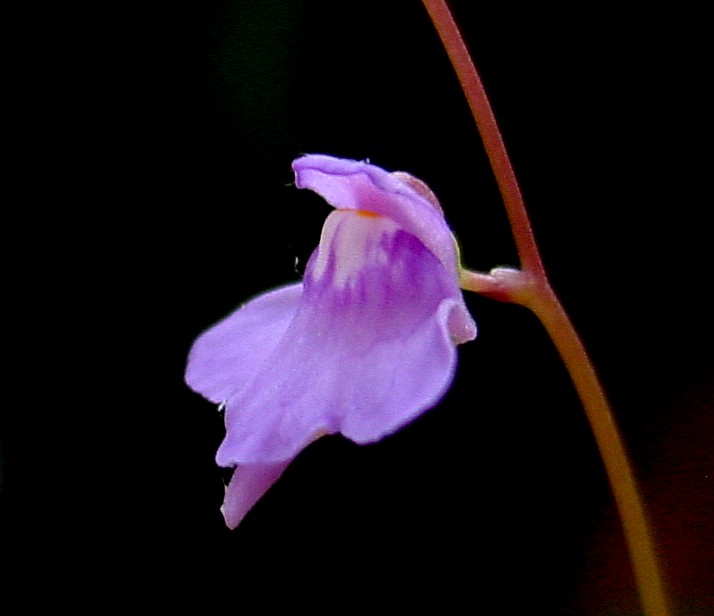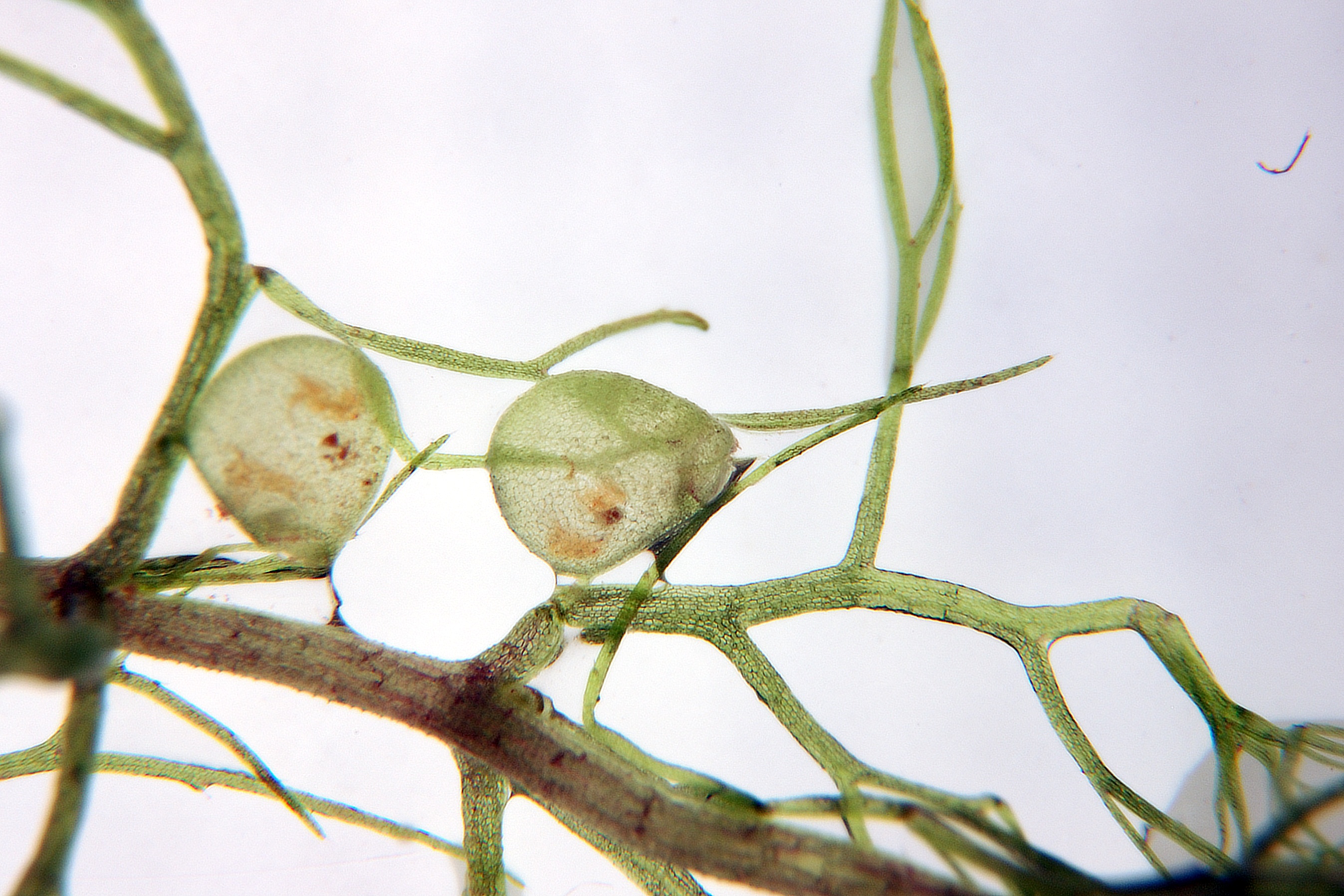|
Utricularia Sect. Australes
''Utricularia'' sect. ''Australes'' is a section in the genus ''Utricularia''. The three species in this section are small terrestrial carnivorous plants native to Australia and New Zealand. Peter Taylor originally described and published this section in his 1989 taxonomic treatment of the genus, splitting off species from section '' Meionula''. Taylor originally placed this section within subgenus ''Utricularia''. More recent phylogenetic data and revisions have reinstated subgenus '' Bivalvaria'' and have placed this section within it.Taylor, Peter. (1989). ''The genus Utricularia - a taxonomic monograph ''The Genus Utricularia: A Taxonomic Monograph'' is a monograph by Peter Taylor on the carnivorous plant genus ''Utricularia'', the bladderworts. It was published in 1989 by Her Majesty's Stationery Office (HMSO) as the fourteenth entry in the ' ...''. Kew Bulletin Additional Series XIV: London.Müller, K.F., Borsch, T., Legendre, L., Porembski, S., and Barthlott, W. (2006). ... [...More Info...] [...Related Items...] OR: [Wikipedia] [Google] [Baidu] |
Utricularia Lateriflora
''Utricularia lateriflora'', the small bladderwort, is a small to medium-sized perennial carnivorous plant that belongs to the genus '' Utricularia''. ''U. lateriflora'' is endemic to Australia Australia, officially the Commonwealth of Australia, is a Sovereign state, sovereign country comprising the mainland of the Australia (continent), Australian continent, the island of Tasmania, and numerous List of islands of Australia, sma ... and can be found in New South Wales, Queensland, South Australia, Tasmania, and Victoria. It grows as a terrestrial plant in sandy or peaty soils in heathland at lower altitudes. It was originally described and published by Robert Brown in 1810.Taylor, Peter. (1989). '' The genus Utricularia - a taxonomic monograph''. Kew Bulletin Additional Series XIV: London. See also * List of ''Utricularia'' species References Carnivorous plants of Australia Flora of New South Wales Flora of Queensland Flora of South Austr ... [...More Info...] [...Related Items...] OR: [Wikipedia] [Google] [Baidu] |
Robert Brown (botanist, Born 1773)
Robert Brown (21 December 1773 – 10 June 1858) was a Scottish botanist and paleobotanist who made important contributions to botany largely through his pioneering use of the microscope. His contributions include one of the earliest detailed descriptions of the cell nucleus and cytoplasmic streaming; the observation of Brownian motion; early work on plant pollination and fertilisation, including being the first to recognise the fundamental difference between gymnosperms and angiosperms; and some of the earliest studies in palynology. He also made numerous contributions to plant taxonomy, notably erecting a number of plant families that are still accepted today; and numerous Australian plant genera and species, the fruit of his exploration of that continent with Matthew Flinders. Early life Robert Brown was born in Montrose on 21 December 1773, in a house that existed on the site where Montrose Library currently stands. He was the son of James Brown, a minister i ... [...More Info...] [...Related Items...] OR: [Wikipedia] [Google] [Baidu] |
Utricularia Delicatula
{{NewZealand-plant-stub ...
''Utricularia delicatula'' is a terrestrial species of bladderwort and is unique within its genus in being endemic to New Zealand.Bruce Salmon (2001). ''Carnivorous Plants of New Zealand''. Ecosphere Publications The specific epithet is Latin for "dainty" and refers to the small flowers of this species. This species has a small geographic range, being found in the northern half of the North Island at low elevations (below 200 m) in the Waikato and in Northland but also farther afield on Chatham Island in the east. References Carnivorous plants of New Zealand Flora of the Chatham Islands delicatula ''Delicatula'' is a genus of fungi in the family Tricholomataceae. It was first described by Swiss mycologist Victor Fayod in 1889. The genus contains two widely distributed species. See also *List of Agaricales genera *List of Tricholomataceae ... [...More Info...] [...Related Items...] OR: [Wikipedia] [Google] [Baidu] |
Utricularia Simplex
''Utricularia simplex'', commonly known as bluecoats, is a very small perennial plant, perennial carnivorous plant that belongs to the genus ''Utricularia''. ''U. simplex'' is endemic to Western Australia. It grows as a terrestrial plant in peaty soils in heath (habitat), heathland or swamps at altitudes near sea level. It was originally described and published by Robert Brown (botanist, born 1773), Robert Brown in 1810.Taylor, Peter. (1989). ''The genus Utricularia - a taxonomic monograph''. Kew Bulletin Additional Series XIV: London. See also * List of Utricularia species, List of ''Utricularia'' species References External links Carnivorous plants of Australia Eudicots of Western Australia Utricularia, simplex Lamiales of Australia Plants described in 1810 {{Australia-asterid-stub ... [...More Info...] [...Related Items...] OR: [Wikipedia] [Google] [Baidu] |
Section (botany)
In botany, a section ( la, sectio) is a taxonomic rank below the genus, but above the species. The subgenus, if present, is higher than the section, and the rank of series, if present, is below the section. Sections may in turn be divided into subsections.Article 4 in Sections are typically used to help organise very large genera, which may have hundreds of species. A botanist wanting to distinguish groups of species may prefer to create a taxon at the rank of section or series to avoid making new combinations, i.e. many new binomial names for the species involved. Examples: * '' Lilium'' sectio ''Martagon'' Rchb. are the Turks' cap lilies * '' Plagiochila aerea'' Taylor is the type species In zoological nomenclature, a type species (''species typica'') is the species name with which the name of a genus or subgenus is considered to be permanently taxonomically associated, i.e., the species that contains the biological type specimen( ... of ''Plagiochila'' sect. ''Bursata ... [...More Info...] [...Related Items...] OR: [Wikipedia] [Google] [Baidu] |
Utricularia
''Utricularia'', commonly and collectively called the bladderworts, is a genus of carnivorous plants consisting of approximately 233 species (precise counts differ based on classification opinions; a 2001 publication lists 215 species).Salmon, Bruce (2001). ''Carnivorous Plants of New Zealand''. Ecosphere Publications. They occur in fresh water and wet soil as terrestrial or aquatic species across every continent except Antarctica. ''Utricularia'' are cultivated for their flowers, which are often compared with those of snapdragons and orchids, especially amongst carnivorous plant enthusiasts. All ''Utricularia'' are carnivorous and capture small organisms by means of bladder-like traps. Terrestrial species tend to have tiny traps that feed on minute prey such as protozoa and rotifers swimming in water-saturated soil. The traps can range in size from .Taylor, Peter. (1989). '' The genus Utricularia - a taxonomic monograph''. Kew Bulletin Additional Series XIV: London. Aquatic s ... [...More Info...] [...Related Items...] OR: [Wikipedia] [Google] [Baidu] |
Carnivorous Plant
Carnivorous plants are plants that derive some or most of their nutrients from trapping and consuming animals or protozoans, typically insects and other arthropods. Carnivorous plants still generate some of their energy from photosynthesis. Carnivorous plants have adapted to grow in places where the soil is thin or poor in nutrients, especially nitrogen, such as acidic bogs. They can be found on all continents except Antarctica, as well as many Pacific islands. In 1875 Charles Darwin published ''Insectivorous Plants'', the first treatise to recognize the significance of carnivory in plants, describing years of painstaking research. True carnivory is believed to have evolved independently at least 12 times in five different orders of flowering plants, and is represented by more than a dozen genera. This classification includes at least 583 species that attract, trap, and kill prey, absorbing the resulting available nutrients. Venus flytrap (''Dionaea muscipula''), pitcher p ... [...More Info...] [...Related Items...] OR: [Wikipedia] [Google] [Baidu] |
Australia
Australia, officially the Commonwealth of Australia, is a sovereign ''Sovereign'' is a title which can be applied to the highest leader in various categories. The word is borrowed from Old French , which is ultimately derived from the Latin , meaning 'above'. The roles of a sovereign vary from monarch, ruler or ... country comprising the mainland of the Australian continent, the island of Tasmania, and numerous smaller islands. With an area of , Australia is the largest country by area in Oceania and the world's sixth-largest country. Australia is the oldest, flattest, and driest inhabited continent, with the least fertile soils. It is a megadiverse country, and its size gives it a wide variety of landscapes and climates, with deserts in the centre, tropical Forests of Australia, rainforests in the north-east, and List of mountains in Australia, mountain ranges in the south-east. The ancestors of Aboriginal Australians began arriving from south east Asia approx ... [...More Info...] [...Related Items...] OR: [Wikipedia] [Google] [Baidu] |
New Zealand
New Zealand ( mi, Aotearoa ) is an island country in the southwestern Pacific Ocean. It consists of two main landmasses—the North Island () and the South Island ()—and over 700 List of islands of New Zealand, smaller islands. It is the List of island countries, sixth-largest island country by area, covering . New Zealand is about east of Australia across the Tasman Sea and south of the islands of New Caledonia, Fiji, and Tonga. The country's varied topography and sharp mountain peaks, including the Southern Alps, owe much to tectonic uplift and volcanic eruptions. New Zealand's Capital of New Zealand, capital city is Wellington, and its most populous city is Auckland. The islands of New Zealand were the last large habitable land to be settled by humans. Between about 1280 and 1350, Polynesians began to settle in the islands and then developed a distinctive Māori culture. In 1642, the Dutch explorer Abel Tasman became the first European to sight and record New Zealand. ... [...More Info...] [...Related Items...] OR: [Wikipedia] [Google] [Baidu] |
Peter Taylor (botanist)
Peter Geoffrey Taylor (1926–2011) was a British botanist who worked at Royal Botanic Gardens, Kew throughout his career in botany. Taylor was born in 1926 and joined the staff of the herbarium at Kew in 1948. He published his first new species, ''Utricularia pentadactyla'', in 1954. In 1973, Taylor was appointed curator of the orchid division of the herbarium and, according to Kew, "under his direction, orchid taxonomy was revitalised and its horticultural contacts strengthened."Orchid Taxonomy at Kew Accessed online: 10 February 2008.Taylor, Peter. (1989). ''The genus Utricularia - a taxonomic monograph''. Kew Bulletin Additional Series XIV: London. One of Taylor's main botanical focuses was the genus '' |
Utricularia Sect
''Utricularia'', commonly and collectively called the bladderworts, is a genus of carnivorous plants consisting of approximately 233 species (precise counts differ based on classification opinions; a 2001 publication lists 215 species).Salmon, Bruce (2001). ''Carnivorous Plants of New Zealand''. Ecosphere Publications. They occur in fresh water and wet soil as terrestrial or aquatic species across every continent except Antarctica. ''Utricularia'' are cultivated for their flowers, which are often compared with those of snapdragons and orchids, especially amongst carnivorous plant enthusiasts. All ''Utricularia'' are carnivorous and capture small organisms by means of bladder-like traps. Terrestrial species tend to have tiny traps that feed on minute prey such as protozoa and rotifers swimming in water-saturated soil. The traps can range in size from .Taylor, Peter. (1989). ''The genus Utricularia - a taxonomic monograph''. Kew Bulletin Additional Series XIV: London. Aquatic spec ... [...More Info...] [...Related Items...] OR: [Wikipedia] [Google] [Baidu] |
.jpg)


